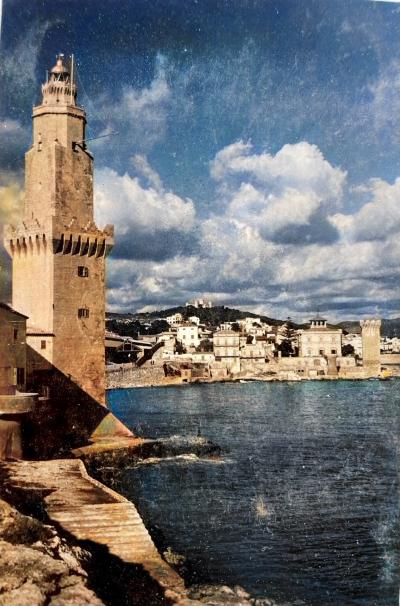What role did quince play in medieval Mediterranean diets and food preservation techniques?
Similar Topics
quince medieval diets
mediterranean food preservation
quince culinary uses
quince food preservation
quince in cooking
quince medicinal uses
medieval quince symbolism
quince paste membrillo
Quince was a significant fruit in medieval Mediterranean diets, valued both for its culinary versatility and its role in food preservation. Originating from regions near the Caspian Sea, quince was well-known across the Mediterranean and often cultivated in kitchen gardens and orchards. Its fragrant, tart flesh was generally too hard and sour to be eaten raw, so it was most commonly used in cooking, especially in sweet and savory dishes. Medieval cooks appreciated quince for its ability to complement meats, particularly lamb and pork, adding a bright, aromatic contrast to rich flavors. In addition, quince was a popular ingredient in medieval pastries, jellies, and compotes, prized for the flower-like aroma released when cooked.
One of the key reasons quince was favored in the medieval Mediterranean food culture lay in its high pectin content, which made it ideal for preserving. When cooked with sugar, quince produced a firm, thick jelly or paste that could be stored for extended periods, serving as an important source of preserved fruit outside the harvest season. This transformation into long-lasting quince paste, often referred to as "membrillo" in later centuries, allowed medieval households to enjoy the fruit's flavor throughout the year. Quince preserves also provided a sweetener alternative, as refined sugars were not always readily accessible or affordable. The fruit’s durability both on the tree and during storage further contributed to its role in sustaining diets in the Mediterranean region.
In addition to its culinary and preservative uses, quince had symbolic and medicinal significance, which further embedded it in Mediterranean culture. It was often associated with fertility and love, frequently featured in feasts and ceremonies. Medicinally, quince was believed to aid digestion and soothe sore throats, adding to its value beyond simple nutrition. As such, quince exemplified the medieval Mediterranean approach to food, where preservation techniques and symbolic meaning intertwined with practical dietary needs. Consequently, quince was not only a source of flavor and nutrition but also an essential component of the regional food heritage, bridging culinary practice with cultural traditions.
One of the key reasons quince was favored in the medieval Mediterranean food culture lay in its high pectin content, which made it ideal for preserving. When cooked with sugar, quince produced a firm, thick jelly or paste that could be stored for extended periods, serving as an important source of preserved fruit outside the harvest season. This transformation into long-lasting quince paste, often referred to as "membrillo" in later centuries, allowed medieval households to enjoy the fruit's flavor throughout the year. Quince preserves also provided a sweetener alternative, as refined sugars were not always readily accessible or affordable. The fruit’s durability both on the tree and during storage further contributed to its role in sustaining diets in the Mediterranean region.
In addition to its culinary and preservative uses, quince had symbolic and medicinal significance, which further embedded it in Mediterranean culture. It was often associated with fertility and love, frequently featured in feasts and ceremonies. Medicinally, quince was believed to aid digestion and soothe sore throats, adding to its value beyond simple nutrition. As such, quince exemplified the medieval Mediterranean approach to food, where preservation techniques and symbolic meaning intertwined with practical dietary needs. Consequently, quince was not only a source of flavor and nutrition but also an essential component of the regional food heritage, bridging culinary practice with cultural traditions.
🧩 Related Questions
Related Question
What role does the Siurell play in representing Mallorcan culture within commercial advertising?
Related Question
What innovative farming methods are being adopted in Mallorca to ensure food security amid environmental changes?
Related Question
How has the sports scene in Mallorca evolved since the 1980s?
